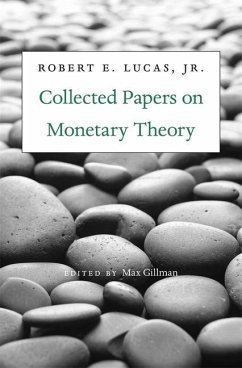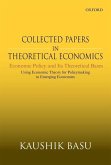When I moved from Carnegie-Mellon to Chicago in 1975, I began to teach in the first-year sequence in macroeconomics, a practice I maintained for more than twenty-five years. For the core (as we called it) I thought I needed a coherent approach to the basics of monetary theory, which I thought of as the quantity theory of money and the evidence that supported that theory. I wanted to do this in a way that made maximum use of modern general equilibrium theory. I'm sure I began with Samuelson's 1958 overlapping generations model and the developments of that theory due to David Cass, Menahem Yaari, and others, but I became dissatisfied with the abstractness of that framework and sought a view in which money is an asset that we hold to pay bills with, a factor in a payments system.
Hinweis: Dieser Artikel kann nur an eine deutsche Lieferadresse ausgeliefert werden.
Hinweis: Dieser Artikel kann nur an eine deutsche Lieferadresse ausgeliefert werden.







